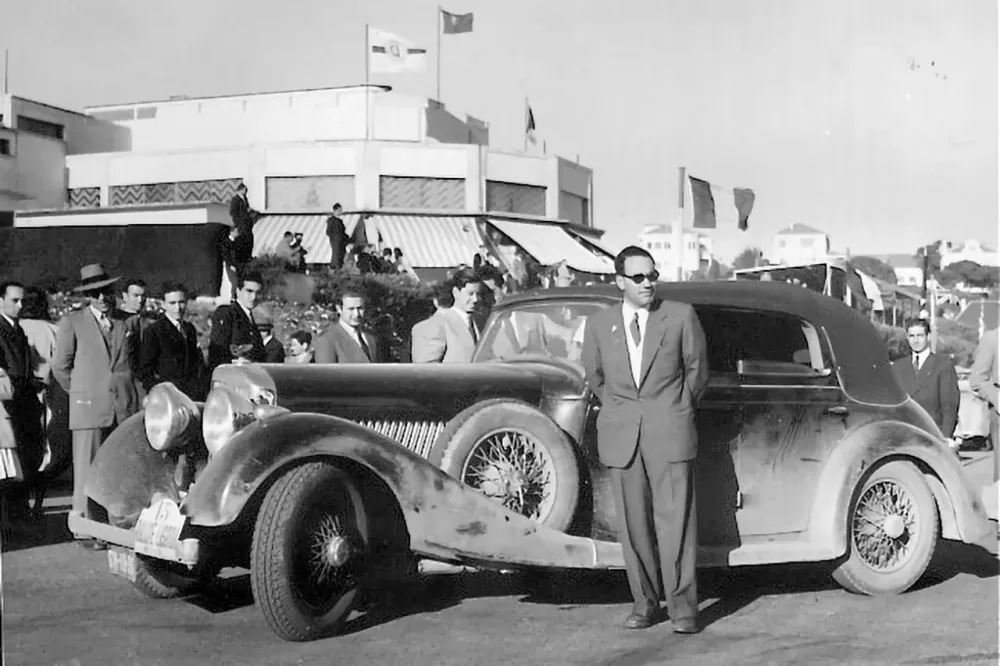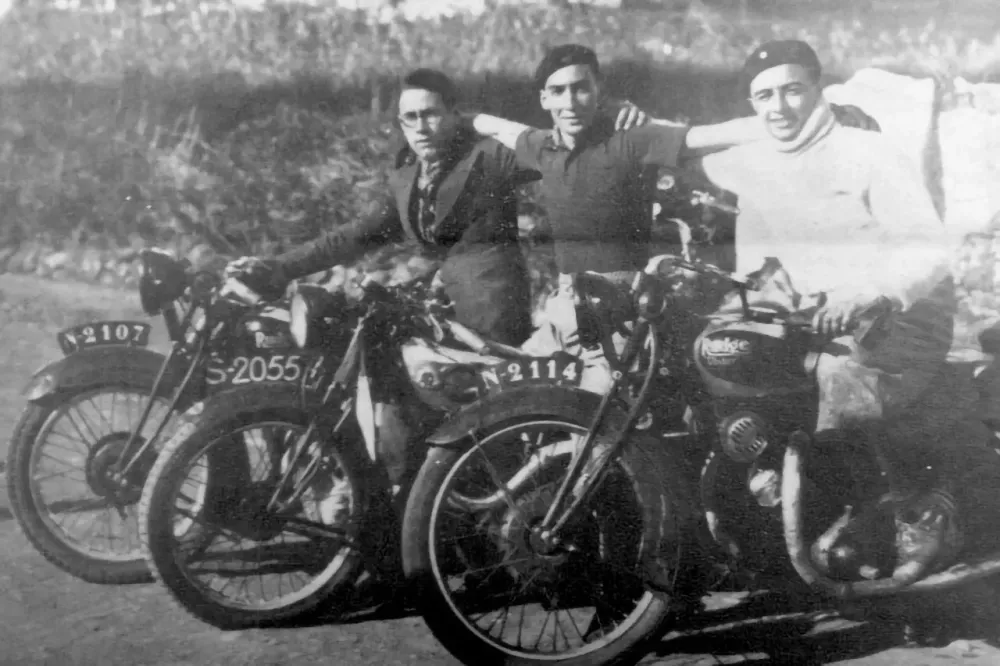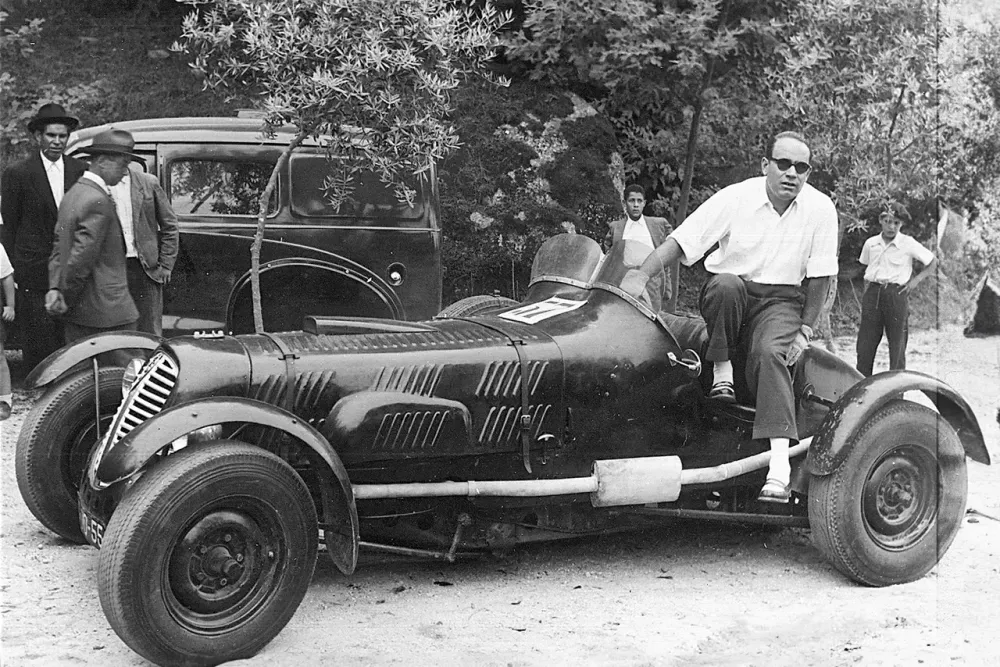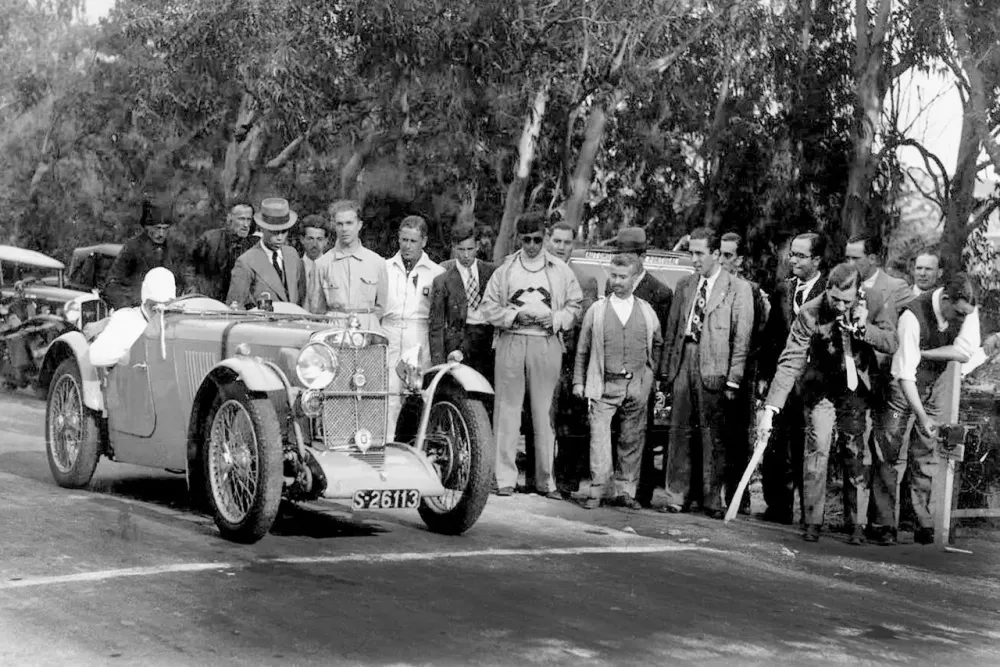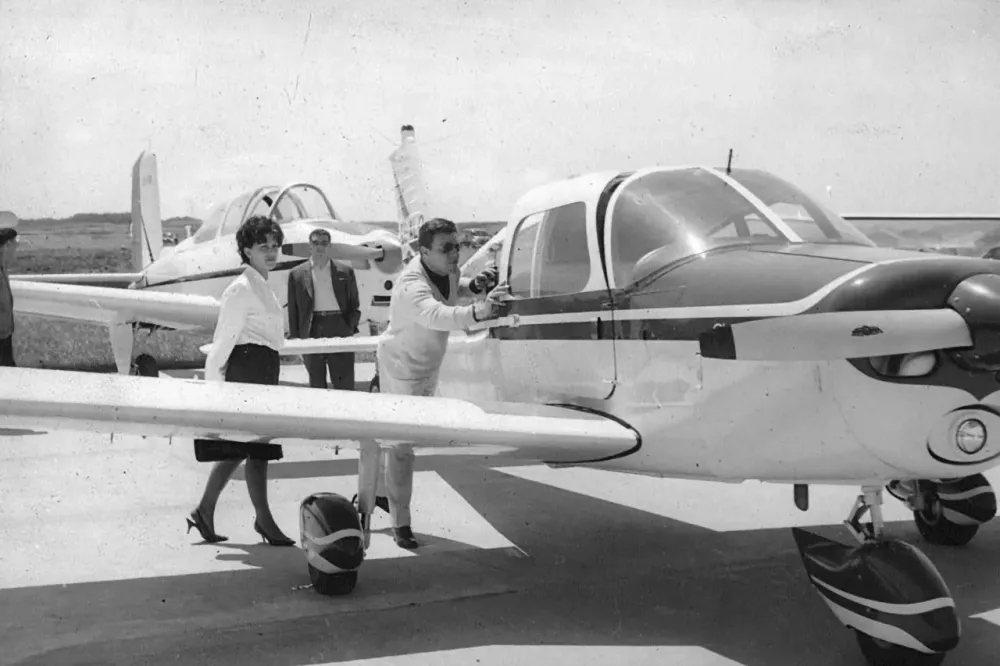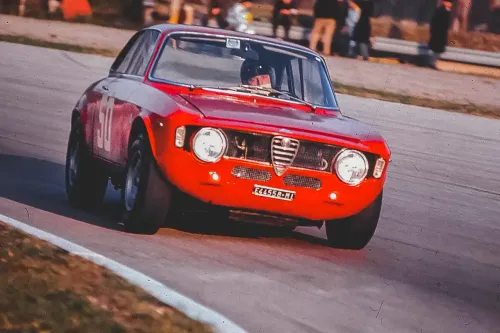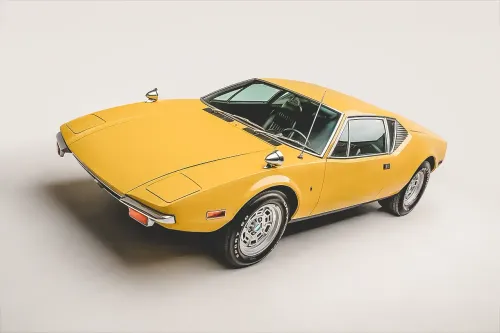Count of Monte Real
Text written by José Correia Guedes
“The Count of Monte Real (Jorge de Melo e Faro) also came to Salvaterra, using in addition to his car, this small device, which had the Amieira land as a landing base, with the employee Rui Cordeiro, who was immediately waiting for him. brought him to his mansion. The boy, upon seeing it flying through the air, immediately shouted: ‘Look, the Count’s plane!…..’ and in a rush, which lasted a good few minutes, a small group gathered there to see this news. One day the Count invited some boys to take a walk with him. Many fled in fear, others waited in fear, and the first one went there. Down here, it was beautiful, really wonderful, to see the plane go up and down towards the Tagus…” – José Gameiro, História de Salvaterra
This was Jorge Cardoso Pereira da Silva de Melo e Faro, also known as Count of Monte Real, a title granted in 1907 by King D. Carlos to his father, Artur Porto de Melo e Faro, himself a great automobile enthusiast, who would arrive to be President of the Automobile Club of Portugal. Born in 1916 and from then on with a considerable fortune that freed him from any financial concerns, Jorge Melo e Faro soon began to be interested in all types of motorized vehicles, especially the cars and planes that marked the great technological revolution of the early 20th century. Later he would also become interested in motor boats and even sponsored the construction of a type of jet-ski, a curious marine artifact that delighted holidaymakers on the beaches of Cascais when his own daughter rode the waves. at the controls of the strange vehicle.
But let's talk about planes. To begin with, it should be said that the Count of Monte Real left his name strongly linked to Portuguese civil aviation, firstly because he was one of the first civilian pilots to be “brevetted” in our country (brevet no. 29) but also because he gave a decisive contribution to the construction of the current Cascais Municipal Aerodrome (Tires), formerly called Conde de Monte Real Tourism Field.
Photos: ACP Documentation Center and Monte Real family
The story of this airfield deserves to be told. Until 1964, there was not a single airport dedicated to light aviation in the entire Lisbon region. The Aero Clube de Portugal had been training pilots for many years but had to use improvised airfields or resort to the services of Air Base No. 1 located in Granja do Marquês, Sintra. However, as this was an Air Force instruction base, there were sometimes constraints that limited the operation of civil aircraft. Something had to be done. This is how the Count of Monte Real entered the scene. Passionate about aviation in general, himself a pilot and aircraft owner, he decided to use all his knowledge at a private and political level to solve the problem. After a relatively brief search, he found a large plot of land in the Tires area, Cascais, which seemed to have excellent conditions for the construction of an aviation runway with all the inherent aeronautical structures. There was, however, a problem: the land was located in a protected area that prevented its owner, a Belgian citizen, from carrying out any type of construction there, a fact that greatly reduced its value per square meter. Once in possession of all the information about this property, the Count used all his influence with ministers, secretaries of state, general directors, etc., so that part of the land could be urbanized, thus making possible the birth of what It would later become known as Bairro do Conde de Monte Real. In recognition, the owner donated the remainder free of charge for the installation of the aerodrome, thus making it possible to realize the dream of Portuguese civil aviators in general and the Aero Clube de Portugal in particular, an institution of which the Count would later be made Honorary President. It is clear why.
Of less importance will be the fact, already mentioned at the beginning of this text, that Jorge Melo e Faro was one of the few Portuguese citizens at the time with the capacity to acquire his own planes and for having ordered the construction of an airfield on his property in Ribatejo where there was also a small hangar. He owned a Piper Cherokee 180 for tourism (CS-ALO) and a Zlin for aerobatics (CS-ALU), the first of which was present at the inauguration of the aerodrome bearing his name. He also acquired a motor glider (CS-ALI) which he regularly gave to the Aero Club for pilot training.
However, cars were the great passion of his life. It was in 1935 that the name of Jorge Monte Real, then just 19 years old, began to appear regularly in the national motorsport scene and almost always for the best reasons. In fact, it didn't take long to realize that the young pilot from Lisbon was not just another rich aristocrat looking for fun at a time when the overwhelming majority of practitioners of this new sport came almost exclusively from the upper strata of Portuguese society, aristocracy or high bourgeoisie. This was an expensive sport, both due to the price of competition cars and the high costs of preparing and maintaining them, a circumstance that caused a kind of natural selection and reduced the list of participants in the various races that were then created to a small group of friends. they carried out. But let's go back to Jorge Monte Real, as he came to be known in the automotive world and beyond, and his “explosive” entry into the small national automotive world.






